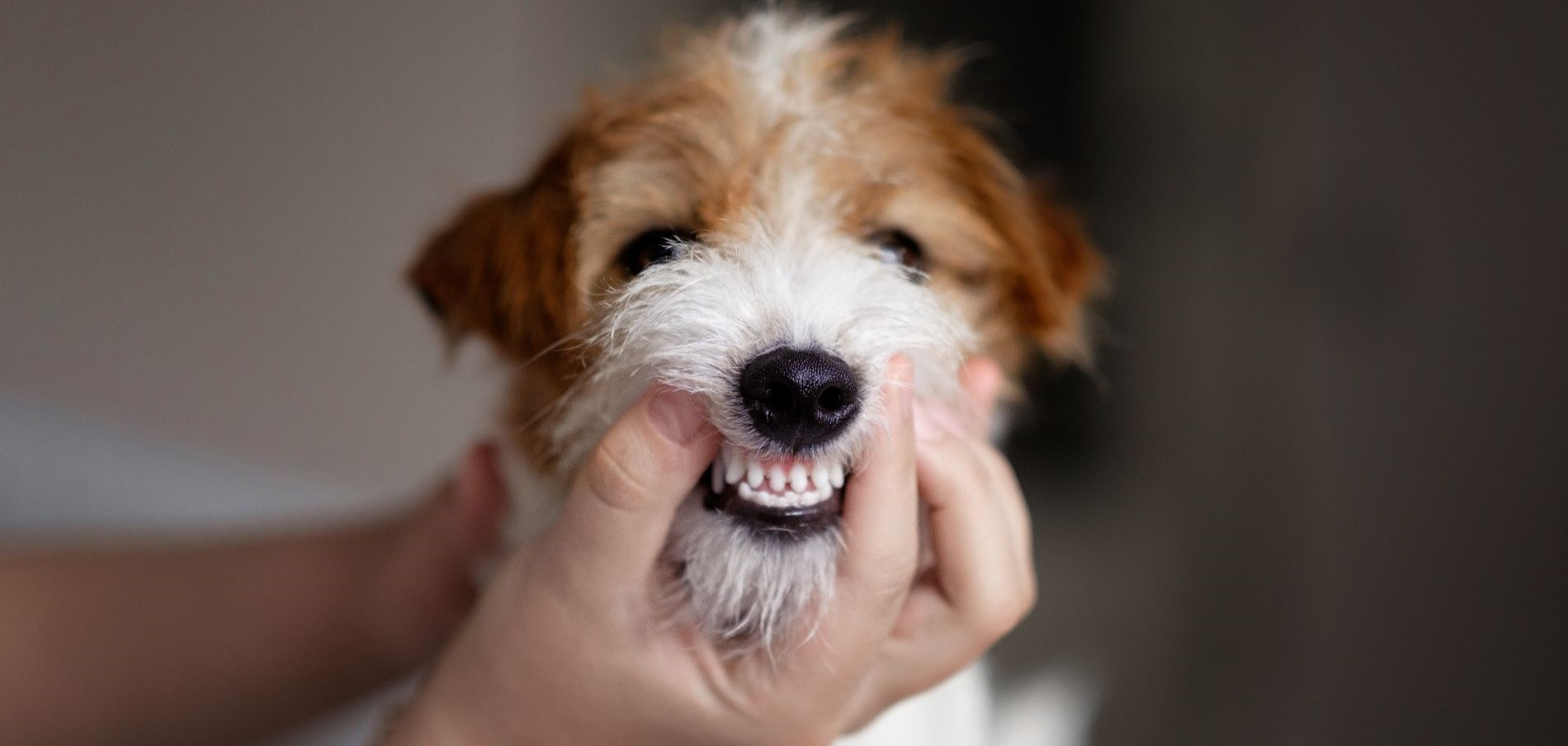Your shopping cart is empty
JavaScript seems to be disabled in your browser. For the best experience on our site, be sure to turn on Javascript in your browser.
Orders of more than £100.00 will be shipped free. Flat shipping rate of £7.00 on all orders up to £100.00
Are you a groomer or pet professional? Click here

Dental hygiene in dogs is much more than just an aesthetic concern. Clean teeth and healthy gums are essential to prevent periodontal disease, improve your pet’s quality of life, and avoid invasive or costly veterinary treatments.
In this guide, you will learn how to clean your dog's teeth step by step, which products are truly effective, and how to establish a safe routine both at home and in a professional grooming setting. All backed by the technical expertise and experience of Artero.
Just like humans, dogs accumulate bacterial plaque after every meal. If not removed, this plaque calcifies into tartar, which causes gum inflammation (gingivitis), bad breath, and, over time, tooth loss.
Additionally, bacteria can enter the bloodstream, affecting vital organs such as the heart (endocarditis), kidneys, or liver.
A good dental routine helps to:
This is the method most recommended by vets and groomers. It requires progressive habituation but is the most thorough.
Artero Tip: For dogs that don’t tolerate brushing, the Artero Dips Dental Wipes are a gentle and effective alternative.
Ideal as a complement or for dogs sensitive to brushing.
They help mechanically reduce plaque. They don't replace brushing but are a useful reinforcement.
| Product | Type | Main use |
|---|---|---|
| Dips Dental | Dental wipes | Gentle daily cleaning without brushing |
At Artero, we recommend including an oral check as part of the professional grooming service. It’s the perfect moment to:
“Oral health is just as important as bathing or brushing. A clean mouth means a happy and healthy dog. The key is consistency and using the right products, like the Dentix gel or Artero's Dips Dientes finger wipes. At the grooming salon, we always recommend including a dental check as part of the regular care routine.”
— Patricia Campos, Artero Creative Team